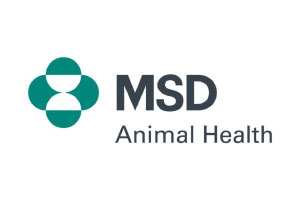Product Ref: PMLEP03 Category: Prescriptions

Royal Mail Tracked 24 (Signed For)

Royal Mail Special Delivery Guaranteed by 1pm

| Category | POM-VPS |
| Temperature | Refrigerated |
| MA/VM/EU No: | 01708/4568 |
| Species |
|
| VMD Link | https://www.vmd.defra.gov.uk/ProductInformationDatabase/product/A002921 |
| NOAH Link | https://www.noahcompendium.co.uk/?id=-454914 |
| Dosage | Amounts to be administered and administration route Dose: Cattle 2 ml. Minimum age of administration: 1 month. Administration: Subcutaneous injection. The container should be well shaken to resuspend the precipitate before doses are withdrawn. The vaccine should be deposited beneath the skin covering the chest wall, well behind the shoulder, or beneath the skin covering the side of the neck. Syringes and needles should be sterilised before use and the injection made subcutaneously through an area of clean, dry skin taking precautions against contamination. Exercise care with part used containers and discard all part used containers within 8 hours of opening to reduce the potential for contamination. Use a draw-off needle in the vial stopper to avoid excess broaching of the stopper. Dosage schedule: The primary course consists of two doses with an interval of at least 4 weeks and not more than 6 weeks between them. Ideally the course should be completed in the spring before the main season of transmission of Leptospira Hardjo. Re-vaccination: Re-vaccination with a single dose should be given annually to maintain protection against infection and progressively reduce exposure in the herd. If the primary course is given later than the spring, the first booster should be given in the following spring and annually thereafter. Youngstock vaccination: If the calves are inoculated before 5 months of age, a further primary course should be given at that age (allowing an interval of 4 weeks between vaccinations), as otherwise maternally derived antibodies may interfere with the immune response. Older calves not immediately exposed to infection can be given the initial course at any time, but it is advisable to complete vaccination shortly before the main season of transmission of leptospirosis. To improve herd fertility: For maximum benefit the primary course should be completed within 12 months of infertility being diagnosed as caused by Leptospira Hardjo. Overdose A greater proportion of animals may show a transient rise in temperature of 1 - 2 |
| Withdrawals | Withdrawal periods Zero days. |